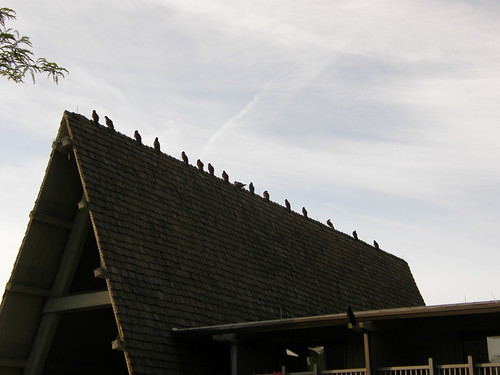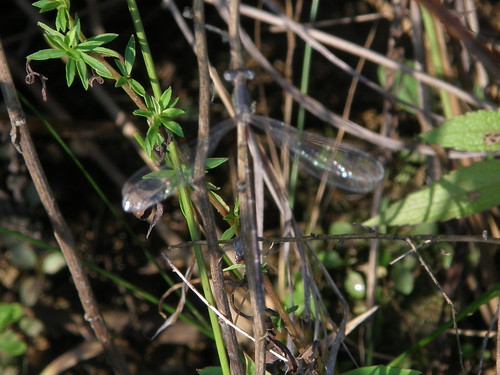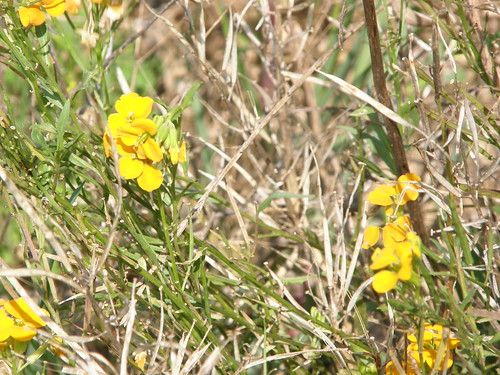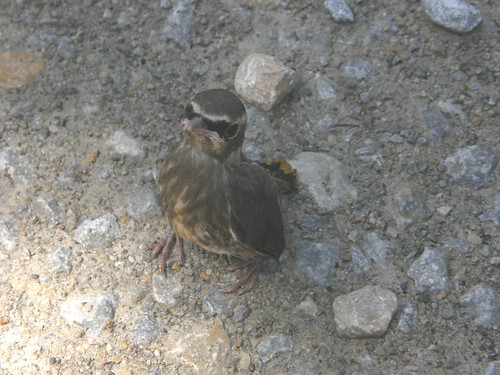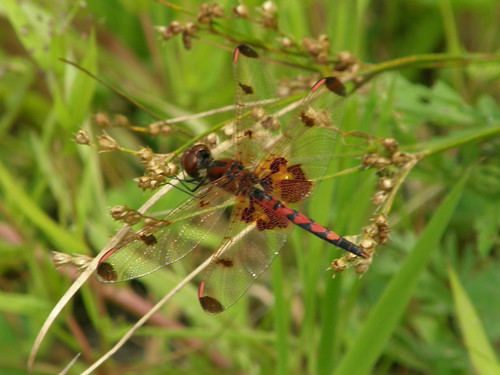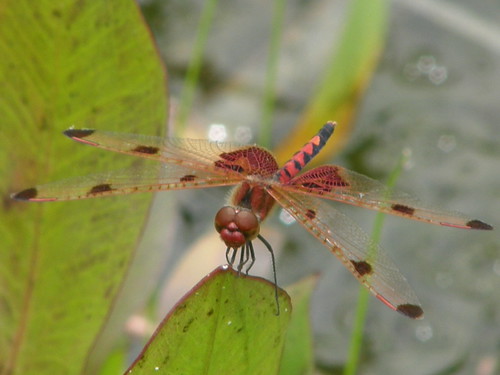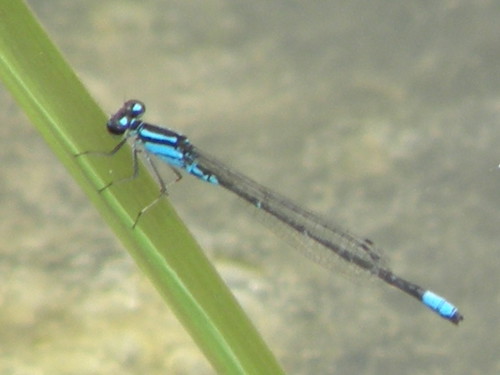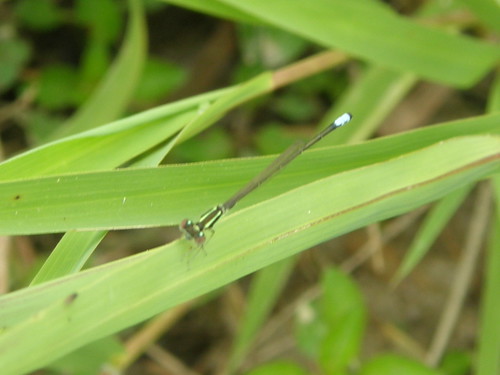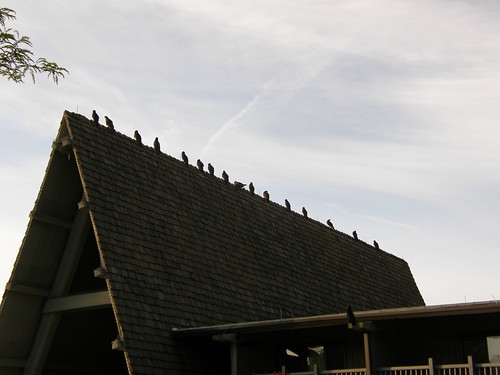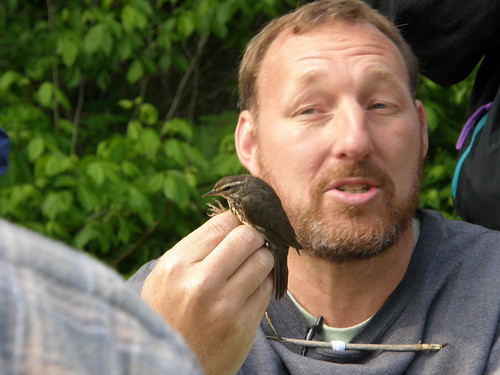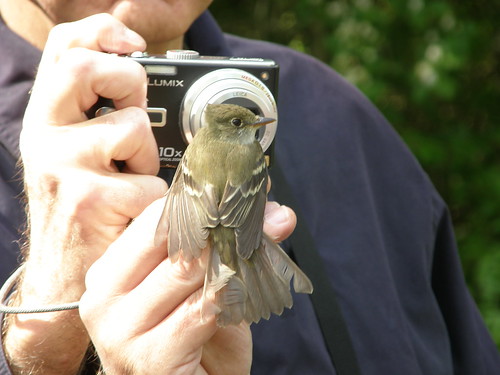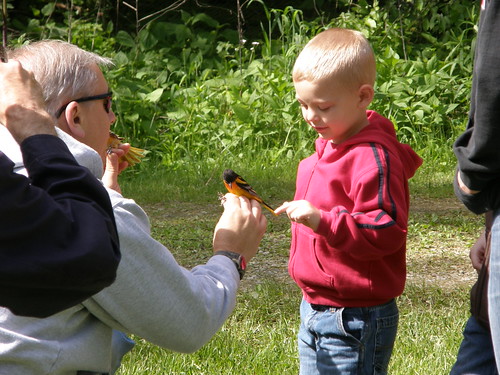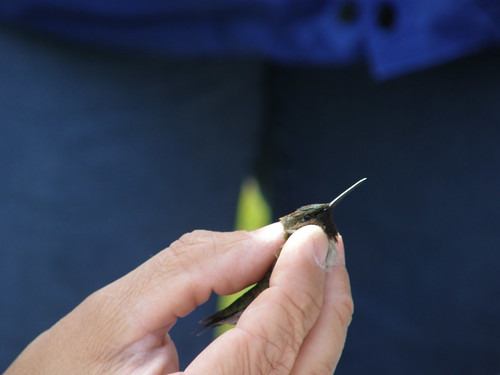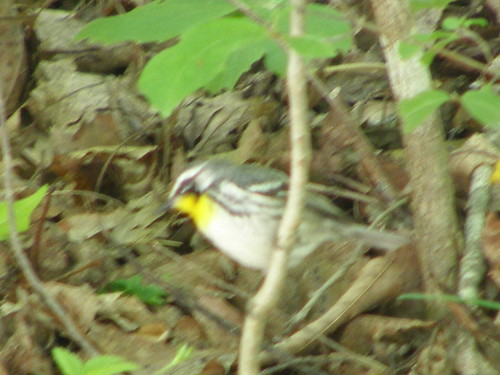After breakfast, I headed on over to the bird banding station run by the Avian Research and Education Institute. It was a little cool early, but they had some good birds. Here are a few of the birds from the morning.
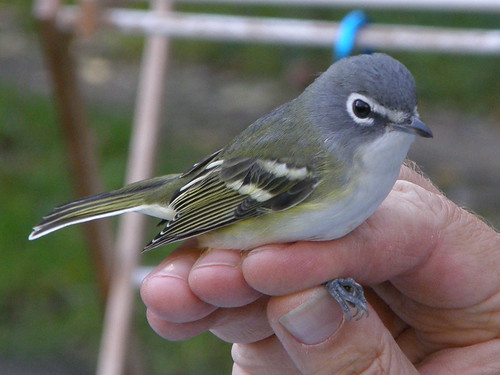 Blue-headed Vireo
Blue-headed Vireo Philadelphia Vireo
Philadelphia VireoEvent attendants got a behind the scenes tour of the education birds at the Hueston Woods Raptor Center by the park naturalist. The kids got to watch as the naturalist fed the Golden and Bald Eagles as well as the resident bobcat and cougar.
 Eastern Screech-Owl
Eastern Screech-OwlDr. Dave Russell gave a very informative talk on sparrow ID in preparation for Sunday morning's trip to Miami Whitewater Wetlands for sparrow banding. (I did not go to the sparrow banding, too much traveling for this eastsider who was already an hour and a half away from home!)
More important than anything else, including the ticking off of life birds for us older birders, is that we take the time to plant the seeds of appreciation & discovery of the natural world in children.
More important than anything else, including the ticking off of life birds for us older birders, is that we take the time to plant the seeds of appreciation & discovery of the natural world in children.

 Dr. Jill Russell instructing young birders on how to use field marks to differentiate Great Egrets from Great Blue Herons.
Dr. Jill Russell instructing young birders on how to use field marks to differentiate Great Egrets from Great Blue Herons. Dr. Herman Mays Jr., Curator of Zoology at the Cincinnati Museum Center, gave a talk on what it is like and what it takes education wise to become a professional ornithologist. He presented pics of the many birds he has seen while traveling the world working as an ornithologist. Hopefully, this will inspire the youngins to be interested in science as a career and get as much education as possible.
Dr. Mays and volunteers from the Cincinnati Museum Center came with some dead birds to show how one goes about preparing a study skin specimen for museum collections.
 Dr. Herman Mays Jr. showing kids how to skin birds. (bird here is a Rose-breasted Grosbeak)
Dr. Herman Mays Jr. showing kids how to skin birds. (bird here is a Rose-breasted Grosbeak)Before taking off, I decided to go back to the campground for the owl walk given by Susan from Raptor, Inc. She was able to call in a gray morph screech-owl that called back and flew over everyone's head, landing in a nearby tree. Everyone got an up close look at the bird.











